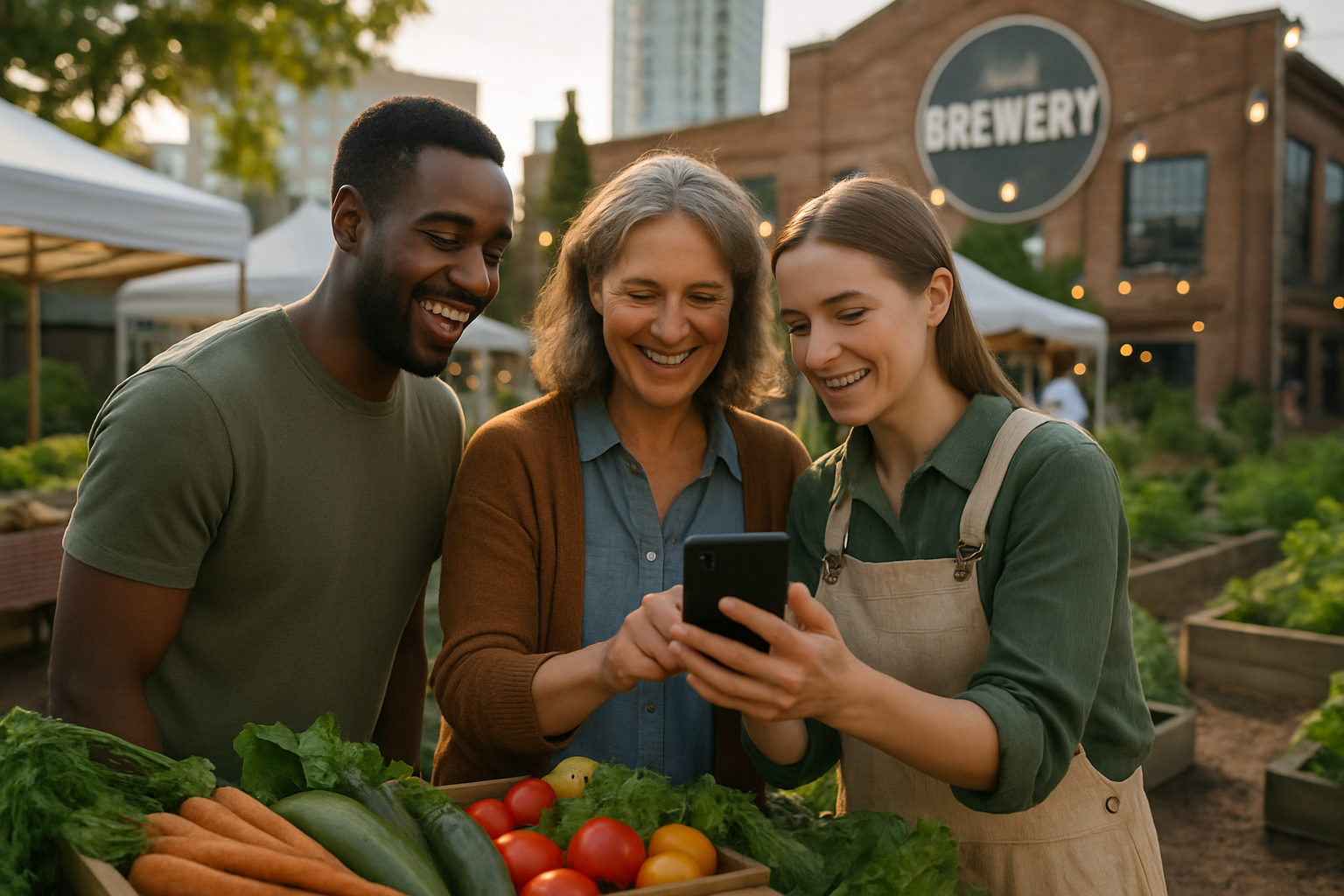Generational Gardening: Cultivating Community Across Age Divides
The urban landscape is evolving, and with it, a new form of intergenerational bonding is taking root. Generational gardening, a movement that brings together young and old to nurture green spaces, is blossoming in cities worldwide. This innovative approach to community building is not just about growing plants; it's about cultivating relationships, wisdom, and a shared sense of purpose across age divides. Read below to explore how this growing trend is reshaping urban communities and bridging generational gaps.

The Roots of Generational Gardening
Generational gardening isn’t entirely new; it draws inspiration from historical communal farming practices and Victory Gardens. However, its modern incarnation addresses contemporary challenges such as urban isolation, food insecurity, and the disconnect between generations. The concept gained traction in the early 2010s as urban planners and social workers recognized the potential of shared green spaces to foster community cohesion.
Cultivating More Than Plants
At its core, generational gardening is about nurturing relationships as much as it is about tending to plants. These programs typically involve pairing older adults with younger participants, creating mentorship opportunities and fostering mutual learning. Seniors share their gardening knowledge and life experiences, while younger participants bring fresh perspectives and physical assistance. This exchange not only produces bountiful harvests but also yields rich social benefits.
The Social Impact of Green Connections
Research indicates that intergenerational gardening programs have significant positive impacts on participants’ well-being. Studies show reduced feelings of loneliness among older adults involved in these initiatives, while younger participants report increased empathy and improved social skills. Moreover, these programs often serve as gateways to broader community engagement, with participants more likely to volunteer for other local initiatives.
Urban Transformation Through Green Spaces
Generational gardening is transforming urban landscapes, both physically and socially. Vacant lots and underutilized spaces are being converted into thriving community gardens, beautifying neighborhoods and increasing property values. These green oases also serve as outdoor classrooms, where environmental education and sustainable practices are shared across generations. Urban planners are increasingly incorporating these spaces into city designs, recognizing their potential to create more livable and connected communities.
Technology Meets Tradition
While rooted in traditional gardening practices, generational gardening initiatives are embracing technology to enhance their impact. Mobile apps facilitate garden planning and maintenance schedules, while social media platforms help spread awareness and recruit new participants. Some programs are even experimenting with hydroponic systems and vertical gardening techniques, allowing for year-round cultivation and engaging tech-savvy youth in innovative agricultural practices.
Challenges and Growth Opportunities
Despite its many benefits, generational gardening faces challenges. Securing long-term access to land in urban areas can be difficult, and sustaining volunteer engagement requires ongoing effort. Additionally, bridging communication gaps between generations and overcoming initial stereotypes can pose hurdles. However, these challenges also present opportunities for growth and learning, as participants work together to find solutions and build stronger, more resilient communities.
Harvesting Social Capital
The true yield of generational gardening extends far beyond the produce harvested. These programs are cultivating a new form of social capital, weaving stronger community fabrics that can withstand the pressures of urban life. By bringing together diverse age groups in a shared purpose, generational gardening is planting the seeds for more inclusive, connected, and sustainable urban communities.
A Growing Movement
As awareness of the benefits of generational gardening spreads, more cities are adopting and adapting the model. From small neighborhood initiatives to large-scale municipal programs, the movement is taking root across diverse urban landscapes. Policymakers are beginning to recognize the potential of these programs to address multiple urban challenges simultaneously, from food security to social isolation and environmental education.
The Future of Urban Community Building
Looking ahead, generational gardening holds promise as a cornerstone of future urban community building strategies. As cities grapple with the challenges of population growth, climate change, and social fragmentation, these green initiatives offer a holistic approach to creating more resilient and connected urban environments. By fostering intergenerational bonds through shared cultivation of the earth, generational gardening is not just growing plants—it’s growing the communities of tomorrow.





